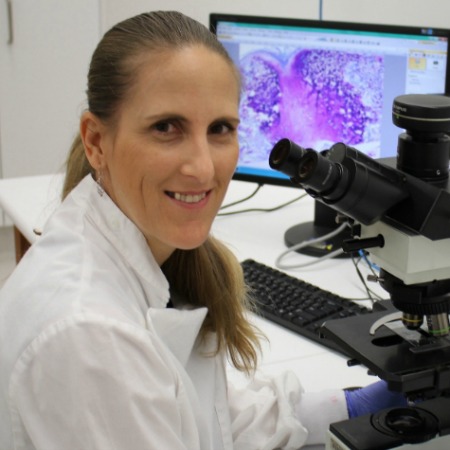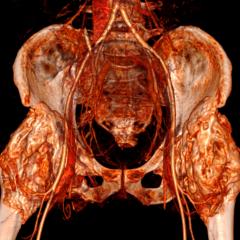New research could prompt a dramatic re-think on the treatment of a crippling subset of skeletal dysplasias, characterised by progressive loss of small bones in the hands and feet.
Associate Professor Allison Pettit from Mater Research Institute-University of Queensland (MRI-UQ) said the study suggested the apparent bone loss in carpal-tarsal osteolysis syndromes (CTOS) may actually be the result of impaired bone formation.
 “Previously, it was thought to be a consequence of inflammation-driven bone destruction, and if our findings are correct, they could have striking implications for treatment.
“Previously, it was thought to be a consequence of inflammation-driven bone destruction, and if our findings are correct, they could have striking implications for treatment.
“Drugs from the bisphosphonates family have been used to block bone destruction with only anecdotal improvement in pain and swelling in some cases, but no objective evidence of altered disease progression.
“Similarly, anti-inflammatory or immunomodulatory therapy has provided symptom relief but not altered the bone phenotype or disease progression.”
Skeletal dysplasias are rare genetic disorders that cause abnormal skeletal development and growth.
CTOS are caused by mutations in different genes, but are all characterised by site-specific bone abnormalities, with swelling of the wrist and feet typically presenting in early childhood.
“What we have shown is that all the hand bone sites specifically affected in the CTOS of interest are formed by subarticular ossification, a little known type of bone formation,” Dr Pettit said.
“This differs from the more common physeal endochondral ossification that occurs at most other skeletal sites.
“We also showed that the proteins of the three genes mutated in each of the CTOS of interest were expressed in the bones undergoing subarticular ossification, providing evidence of potential direct causality.”
Dr Pettit said more research is needed to confirm and extend the study, which involved researchers from UQ Diamantina Institute, UQ Centre for Clinical Research, Royal Brisbane and Women’s Hospital and QUT.
“It provides a compelling explanation for the disappointing efficacy of treatments targeted at preventing bone loss in these specific CTOS and even cautions against their use given the associated potential side-effects.”
The study is published in The American Journal of Pathology with data selected for the journal volume cover image.
Media: Kim Lyell, k.lyell@uq.edu.au, 0427 530647.



